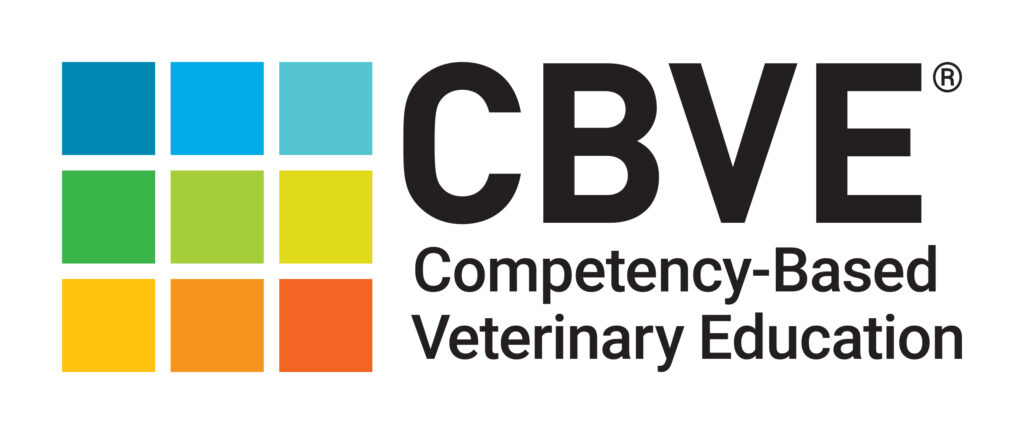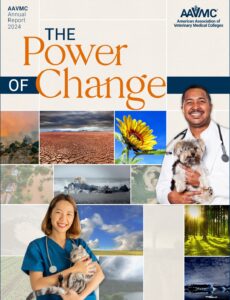
Competency-based veterinary education is an approach modeled after competency-based medical education and is designed to prepare graduates for professional careers by confirming their ability to meet the needs of animals and the expectations of society. This approach focuses on outcomes-based and learner-centered education and assessment. For a quick overview of our CBVE program, please see the three-minute video on the bottom of this page. For more current and detailed information on our CBVE program, please click the link below.
Competency-Based Veterinary Education – Nursing (CBVE-N)
Guided by the AAVMC CBVE 2.0 Model, the AAVMC Competency-Based Veterinary Education – Nursing (CBVE-N or CBVE-Nursing) Model provides a consensus foundation for competency-based curricula in veterinary nursing or veterinary technology.
The CBVE-N Competency Framework identifies core nursing competencies for veterinary technician education. Each veterinary nursing competency is accompanied by suggested alignment with AVMA Committee on Veterinary Technician Education and Activities (AVMA CVTEA) Essential and Recommended Skills to demonstrate how these skills can be developed in a competency-based curriculum. To facilitate implementation of the CBVE-N Competency Framework, it is accompanied by Milestones to determine where learners fall on the developmental continuum for each competency and Entrustable Professional Activities (EPAs) describing workplace-based activities incorporating multiple competencies and skills.







SHARE